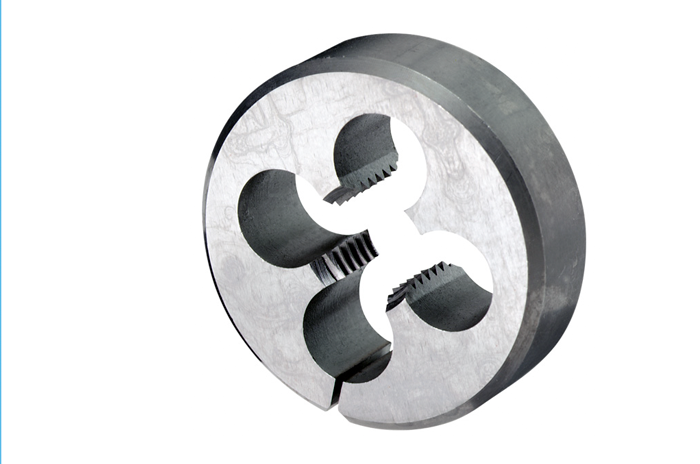Truss Rod Thread Cutter


All modern electric and acoustic guitars have truss rods inlayed in their necks. Truss rods were developed over 60 years ago to help reinforce guitar necks and keep them straight. Over time due to environmental conditions, guitar necks can warp or bow. The truss rod helps correct this natural tendency. Basically it's a rod that is inlayed down the center of the guitar neck. When pressure is applied to the truss rod, tightening the truss rod, the truss rod bends inside the neck forcing the neck to bend with it. Loosening or tightening the truss rod will bend the neck in the proper direction to keep it straight. Generally speaking, the straighter the neck the more comfortable the guitar is to play.
Truss rods come in all different shapes and sizes, so do their access points. They have all different types of ends. The most common ends can be adjusted with screwdrivers, allen wrenches, and nut drivers. Some truss rods can be access through the truss where the fretboard ends. Others can be accessed at the bottom of the neck where the neck and body meet. Still other odd truss rods must be accessed through a back panel on the back of the guitar.
That is why there is no all-purpose truss rod adjustment tool. You will need a kit of truss rod tools if you plan on adjust many different guitars. Some older guitars or abused guitars have worn out, damaged, or stripped truss rods. This is not a common occurrence, but it does happen. Occasionally, people tighten their truss rods too tight and strip the threads that hold the nut in place. This rarely happens because the truss usually breaks before the threads get stripped. More likely than not, the truss rod end was damaged somehow. The guitar could have been dropped or something could have dropped on the guitar. Regardless how it happened, the end of the truss rod gets smashed and the threads are no longer smooth. To clean the threads and reshape them, you will need a truss rod thread cutter. This is basically a normal machinist's thread cutter just sized for a truss rod. All you have to do is start the thread cutter on the damaged threads of the truss rod and spin it down the truss rod. The thread cutter will reshape the threads as if nothing happened.
A thread cutter is great if you are doing a lot of guitar repairs and truss rod repairs. If you are not, I don't really think this is a must have guitar repair tool. It is a good thing to keep in your guitar repair bench, but I don't think you need to have one right away. This is kind of a buy it when you need it tool. Who knows? You may never need one depending on your volume and diversity of repair work. If you would like more information about how to adjust your guitar truss rod, please see my how to adjust your guitar truss rod article.

